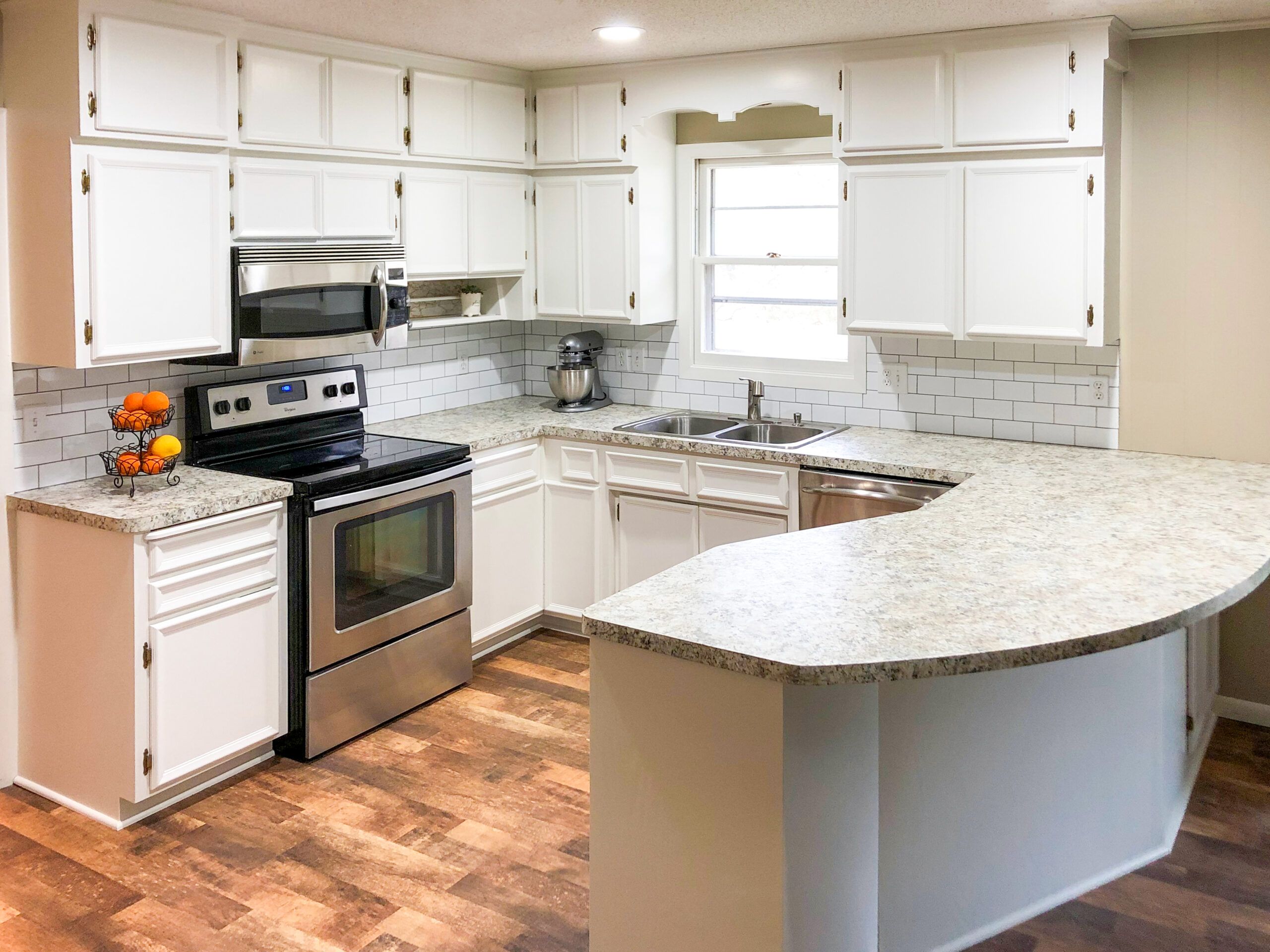Applying New Finishes to Cabinet Handles: How To Refinish Cabinet Handles

Transforming your cabinet handles with a fresh coat of finish is a rewarding DIY project that can dramatically elevate your kitchen or bathroom’s aesthetic. The key to success lies in careful preparation and the selection of the right finish for your needs and desired look. This section details the application process for various finishes, highlighting their unique properties and offering tips for achieving professional results.
Paint Application on Cabinet Handles
Painting offers a versatile and cost-effective way to refinish cabinet handles. Preparation is crucial for a smooth, durable finish. Begin by thoroughly cleaning the handles with a degreaser to remove any dirt, grease, or old finish. Lightly sand the handles with fine-grit sandpaper (220-grit or higher) to create a slightly rough surface for better paint adhesion. Apply a high-quality primer, especially if the handles are dark or have a glossy finish. Allow the primer to dry completely before applying two or three thin coats of paint, allowing each coat to dry thoroughly before applying the next. Use a high-quality brush or spray paint for an even finish. For a smoother finish, consider using a tack cloth between coats to remove any dust particles.
Lacquer Application on Cabinet Handles
Lacquer provides a hard, durable, and glossy finish that’s ideal for high-traffic areas. Similar to painting, start with thorough cleaning and sanding. Apply a thin, even coat of lacquer using a spray gun or aerosol can, ensuring good ventilation. Multiple thin coats are better than one thick coat to prevent runs and drips. Allow each coat to dry completely before applying the next. Lacquer dries quickly, so work in well-ventilated area and wear appropriate safety gear, including a respirator.
Powder Coating Cabinet Handles, How to refinish cabinet handles
Powder coating offers exceptional durability and scratch resistance, making it a superior choice for handles subjected to frequent use. This process requires specialized equipment and is typically best left to professionals. However, the basic principle involves applying a dry powder coating to the handles and then curing it in an oven at high temperatures. The result is a tough, even finish that’s highly resistant to chipping, scratching, and fading. Powder coating offers a wide range of colors and finishes, including metallic effects.
Durability and Longevity of Different Finishes
Choosing the right finish depends on your priorities. Here’s a comparison of the durability and longevity of paint, lacquer, and powder coating:
- Paint: Moderate durability; susceptible to chipping and scratching; requires occasional touch-ups; water resistance varies depending on the type of paint used.
- Lacquer: High durability; resistant to scratches and chipping; good water resistance; requires less frequent maintenance than paint.
- Powder Coating: Exceptional durability; highly resistant to scratches, chipping, and fading; excellent water resistance; very low maintenance.
Achieving a Smooth, Even Finish and Special Effects
Several techniques contribute to achieving a flawless finish. For paint and lacquer, using thin coats and allowing ample drying time between coats is paramount. If drips or runs occur, gently sand them smooth once the finish is dry. For a distressed look, lightly sand the finished handles after the final coat to reveal the underlying layers of paint or stain. For metallic finishes, consider using metallic paints or specialty powder coatings. Always test any technique on a scrap piece of similar material before applying it to your handles.
